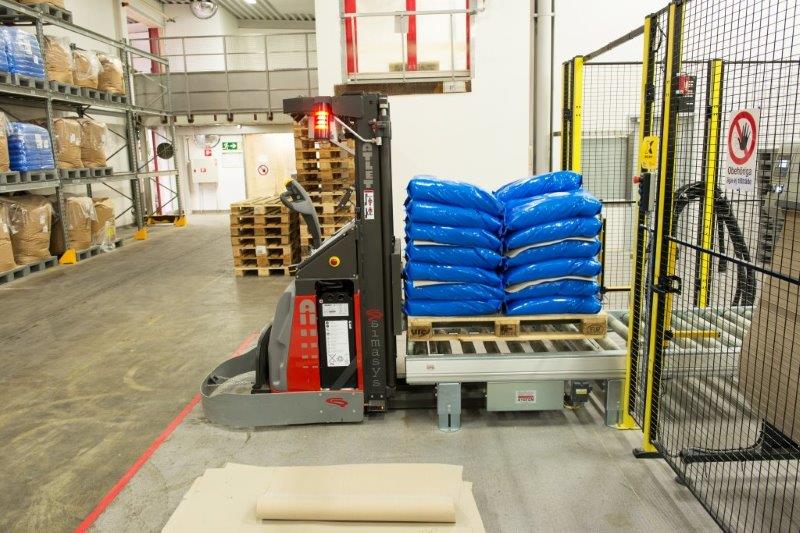HOW POSSIBLE AND DESIRABLE IS THE REPLACEMENT OF HUMANS BY MACHINES?

The elimination of physical effort as a source of energy in the production process has already been underway for several decades. Factories without workers on packaging and palletizing lines, and driverless forklift trucks, are no longer a rare phenomenon but an irreversible trend. Driven by economic imperatives – productivity gains, lower production costs, simplification of work organization, refocusing on the company’s core businesses – this phenomenon is set to accelerate even further in the wake of the health crisis.
The faster a company moves towards automation of menial tasks, the more likely it is to maintain the same level of employment. In fact, the replacement of men by machines to carry out non-productive ancillary tasks is a growth accelerator that encourages the recruitment or transfer of personnel to jobs related to the company’s core business.
By reducing production costs and concentrating manpower management on high value-added production tasks, substantial savings are achieved, lowering production costs and making the company more competitive and therefore more attractive on the market.However, in this new organization, it is no longer possible to leave the slightest task to chance, as the robot and tool are largely devoid of any concept of initiative.
For example, the replenishment of a consumables store has to be calculated and planned; palletization patterns designed and programmed. Finally, incidents linked, for example, to products falling to the floor and not being properly stabilized, can lead to total disorganization of the production line and a production stoppage.
Find out how a leading Scandinavian manufacturer of food ingredients managed to fully automate the end of its production line.
